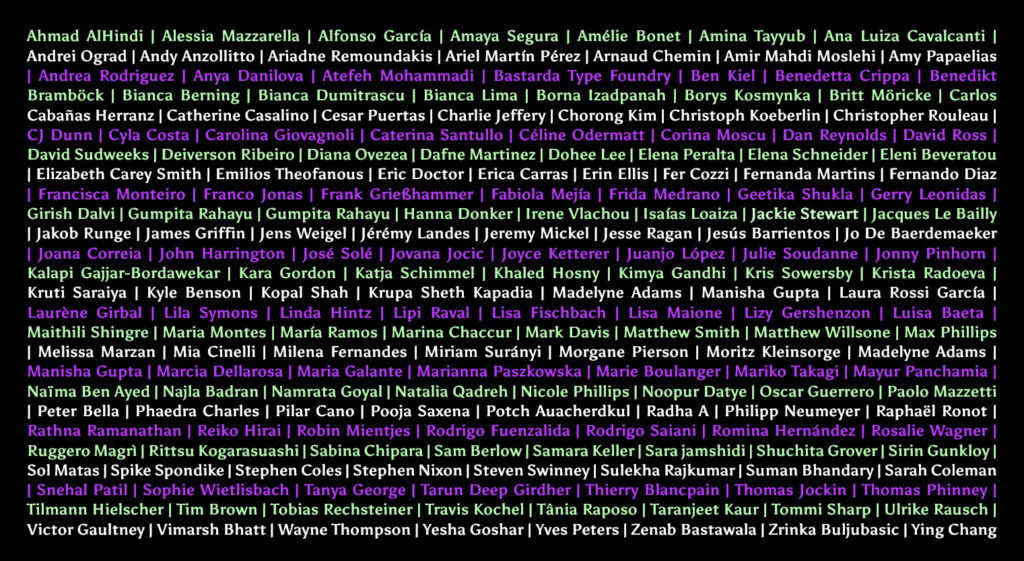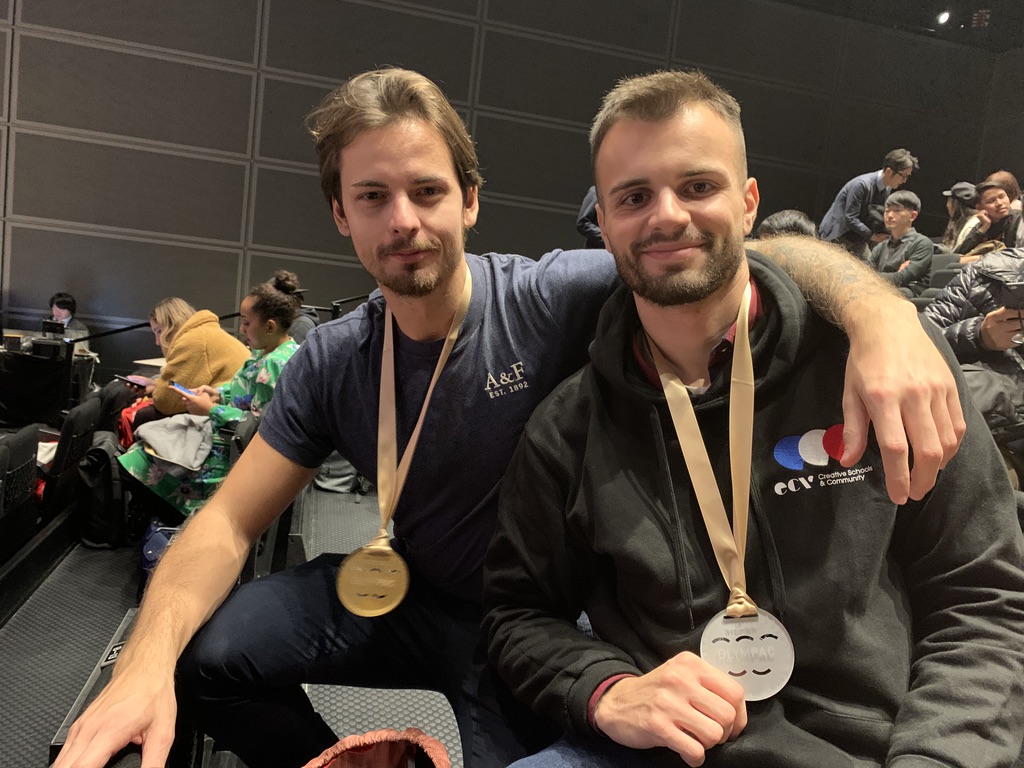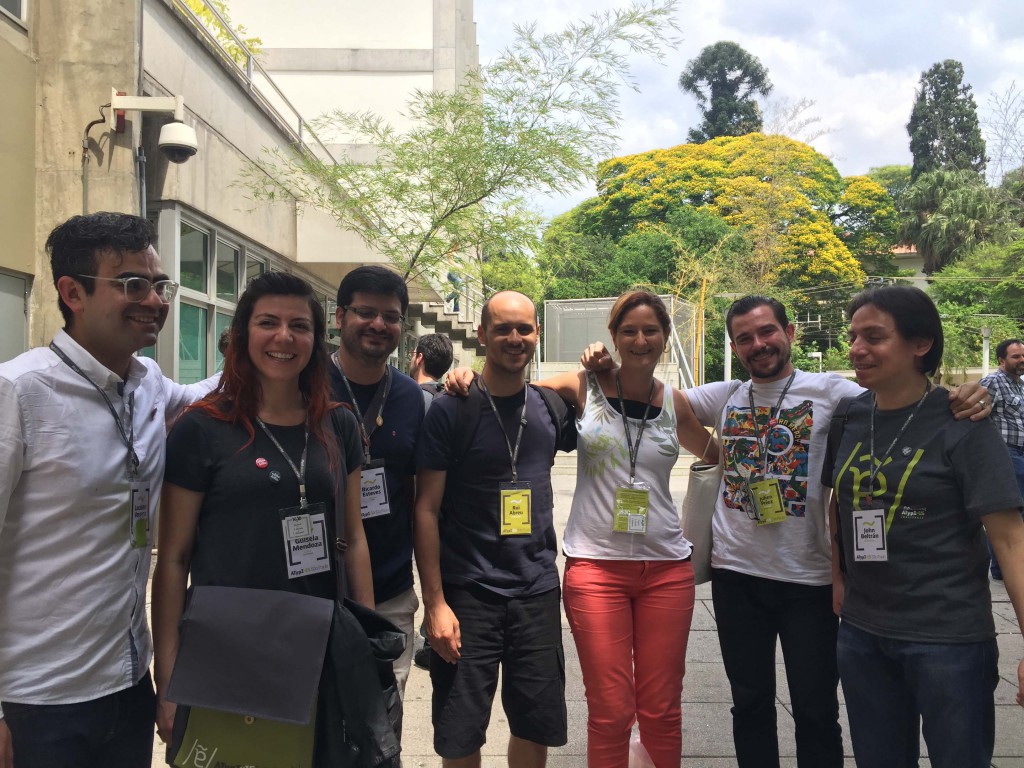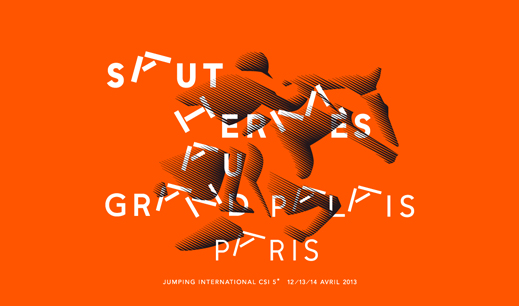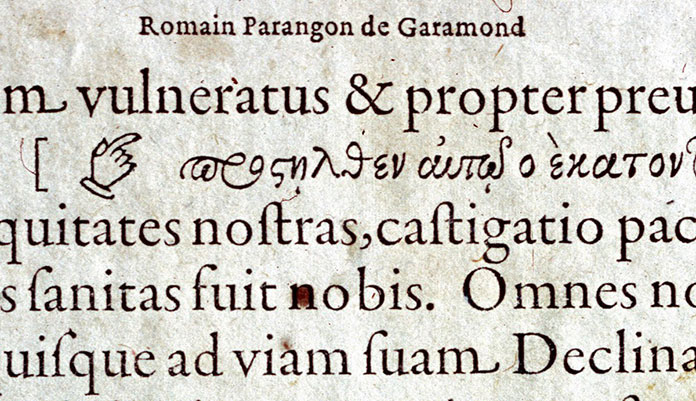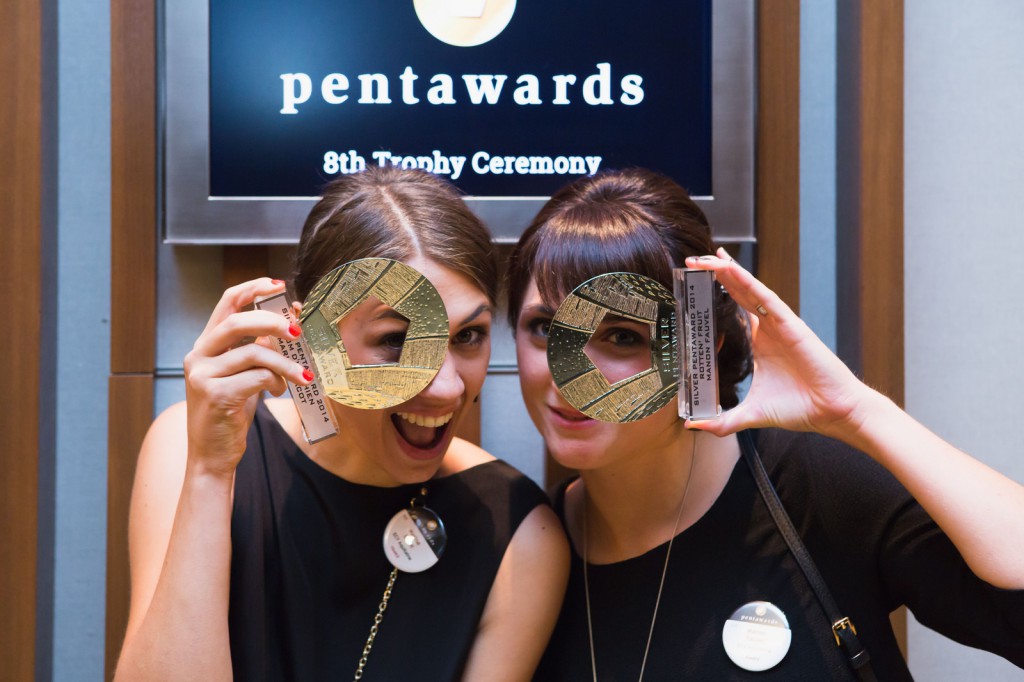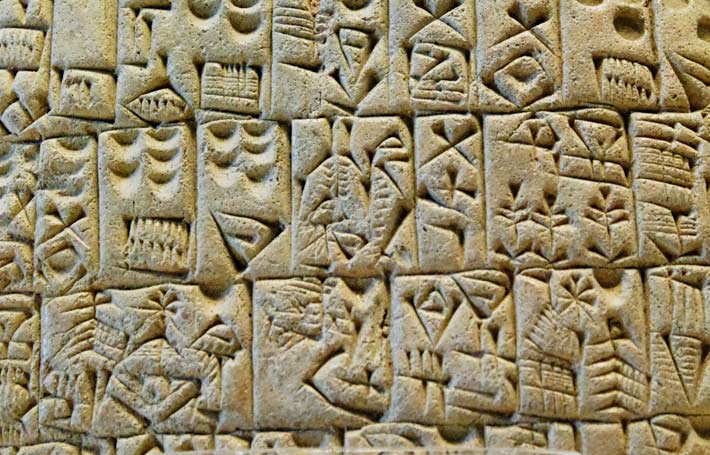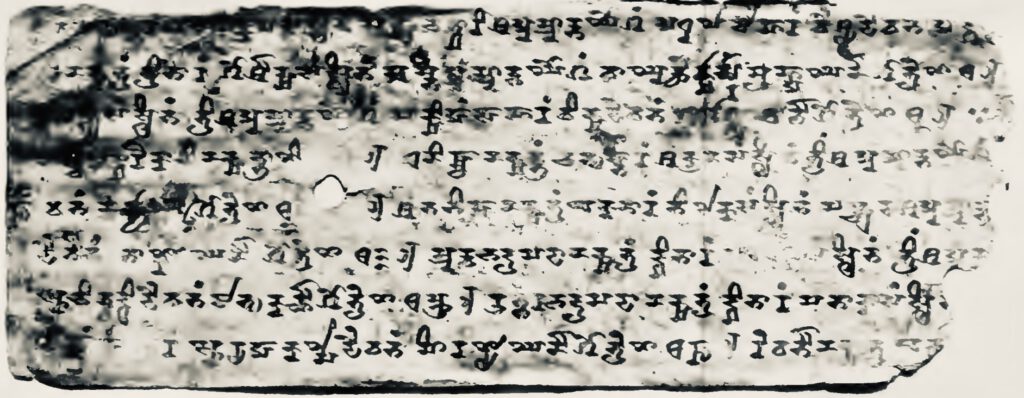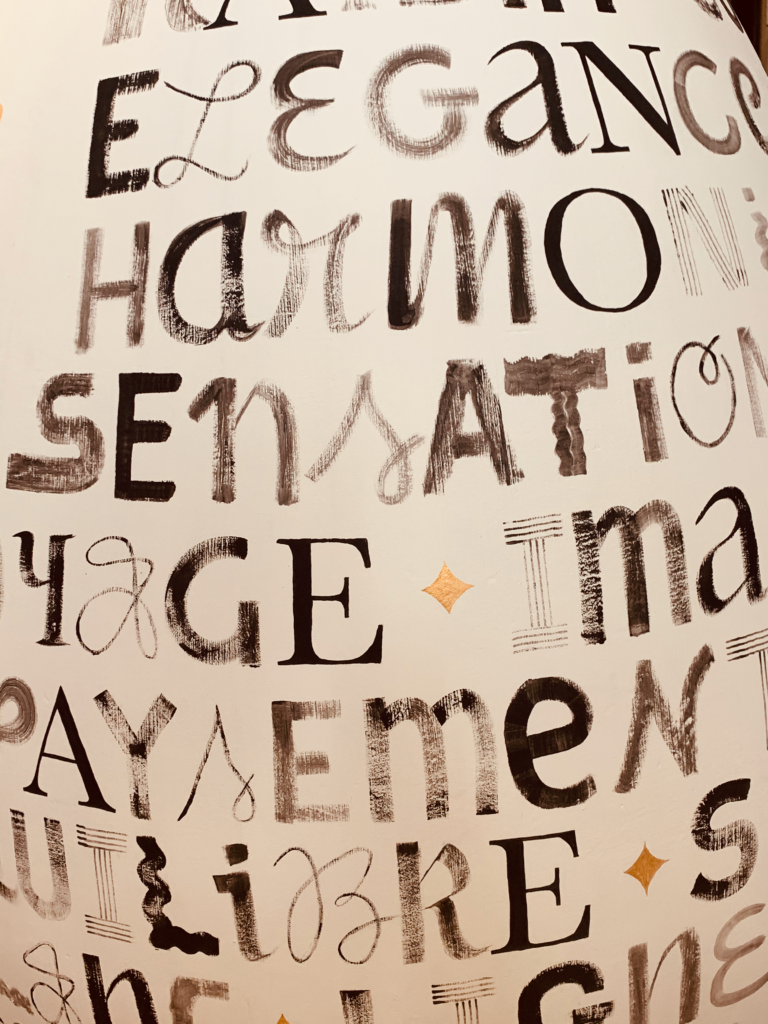
Writting letters with Morgane Saintorens and Helene Parriel. We have been asked to imagine the decoration of a wine tank, in Chateau Larrivet Haut Brion. The theme was calligraphy, and emotions. Morgane and Helene, imagined a composition made out of different letters, and created a beautiful texture keeping the wine glass shape empty. The result was astonishing, and it was a very exiting project for the studenst as well as for me. During three days in a very cold weather, they wrote letter after letter.
